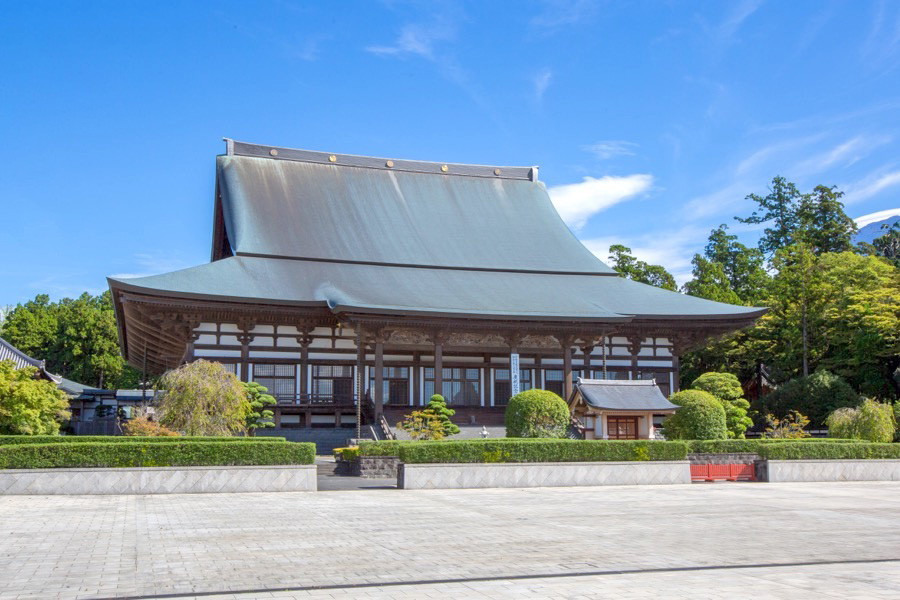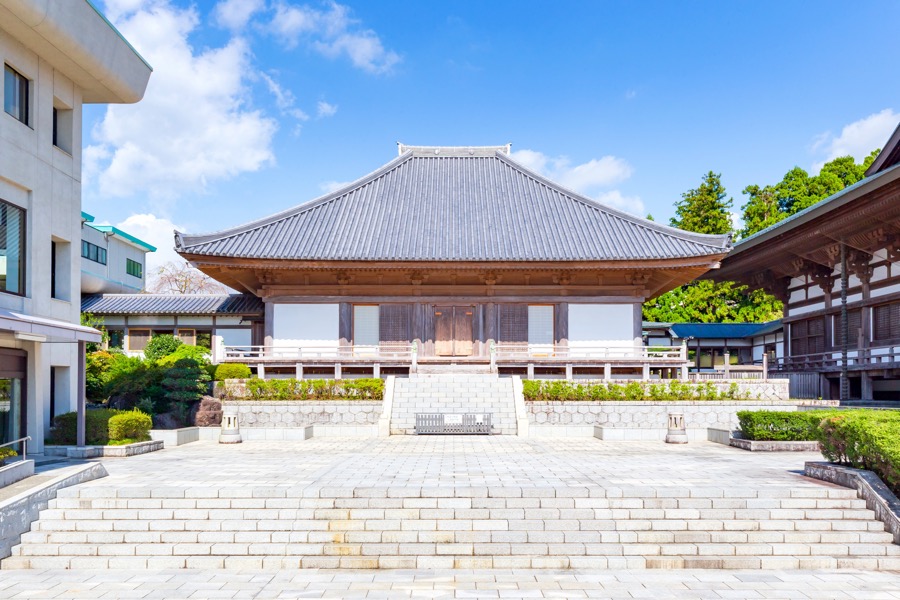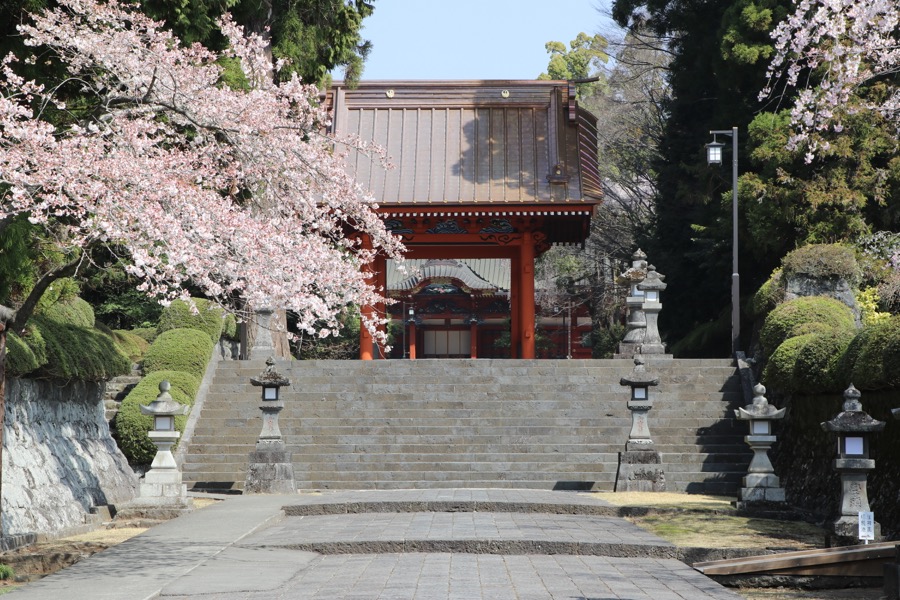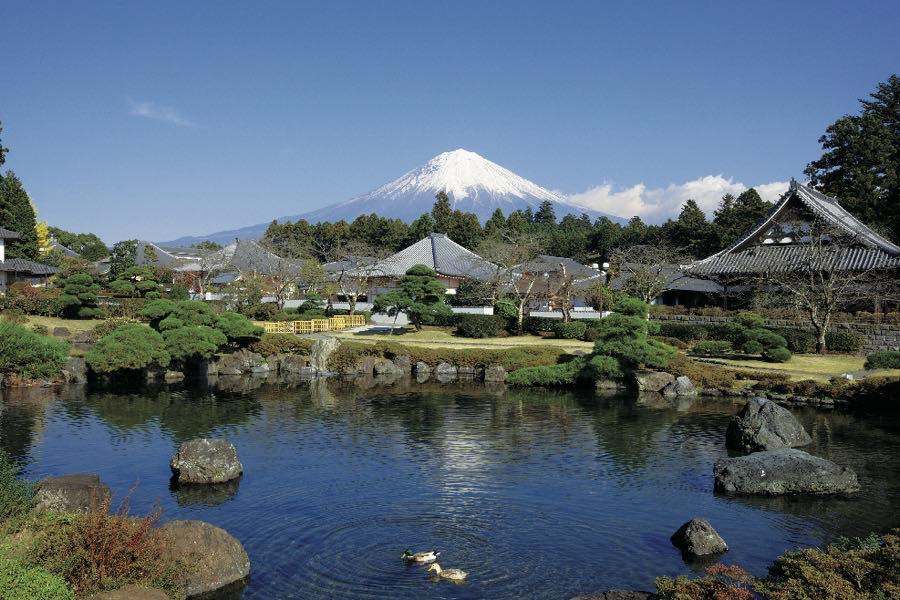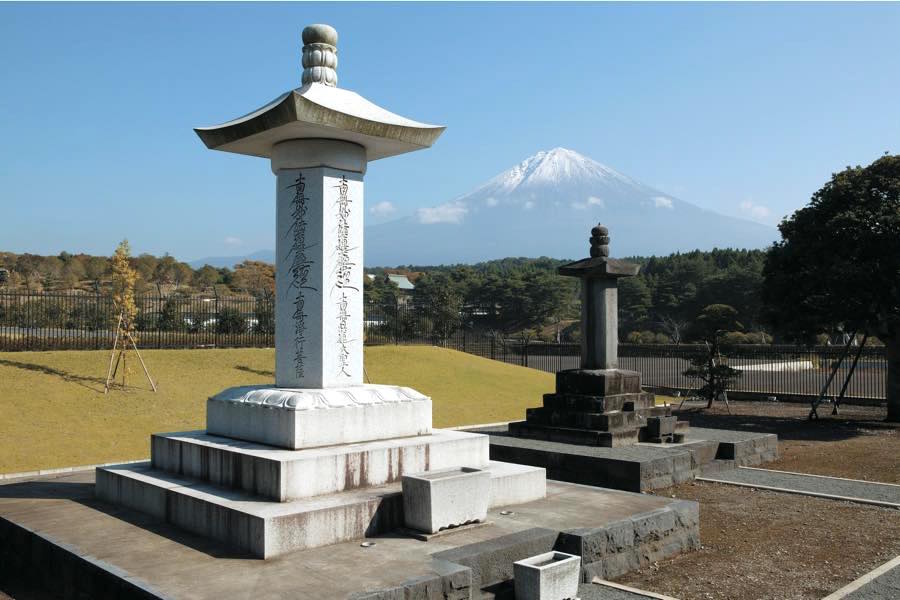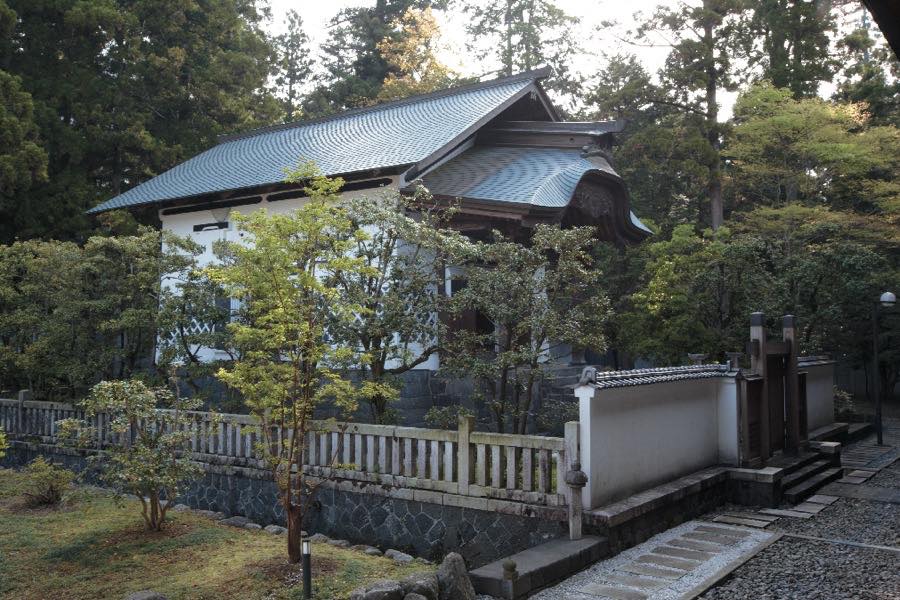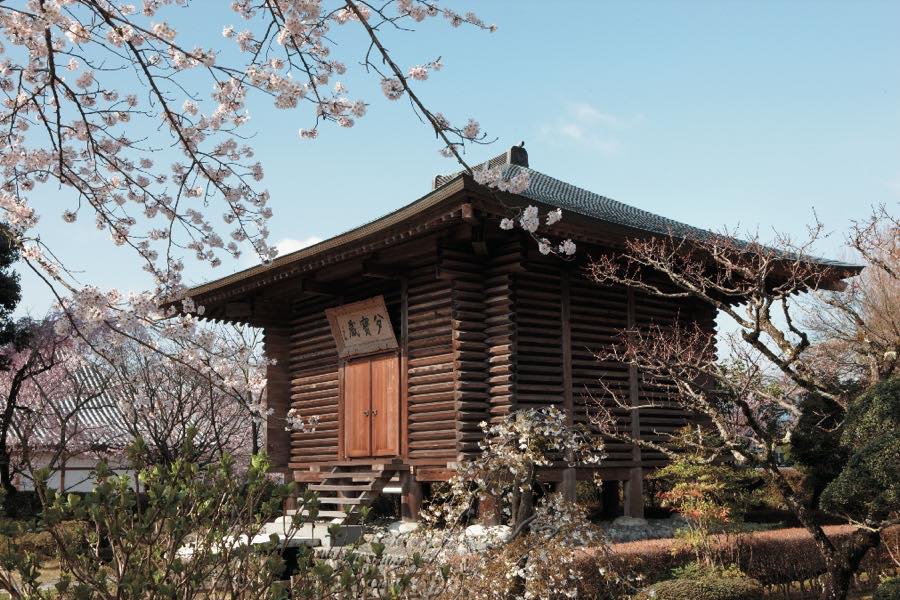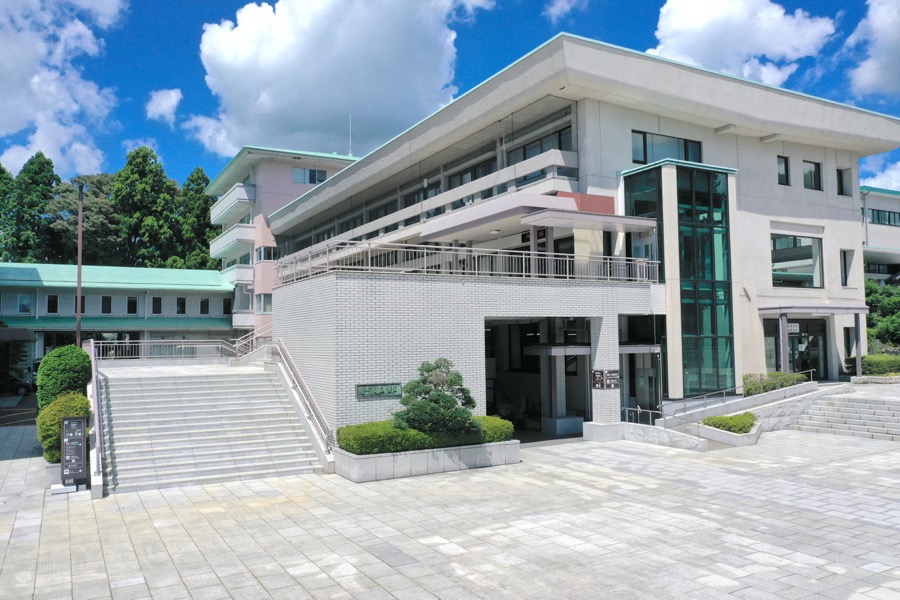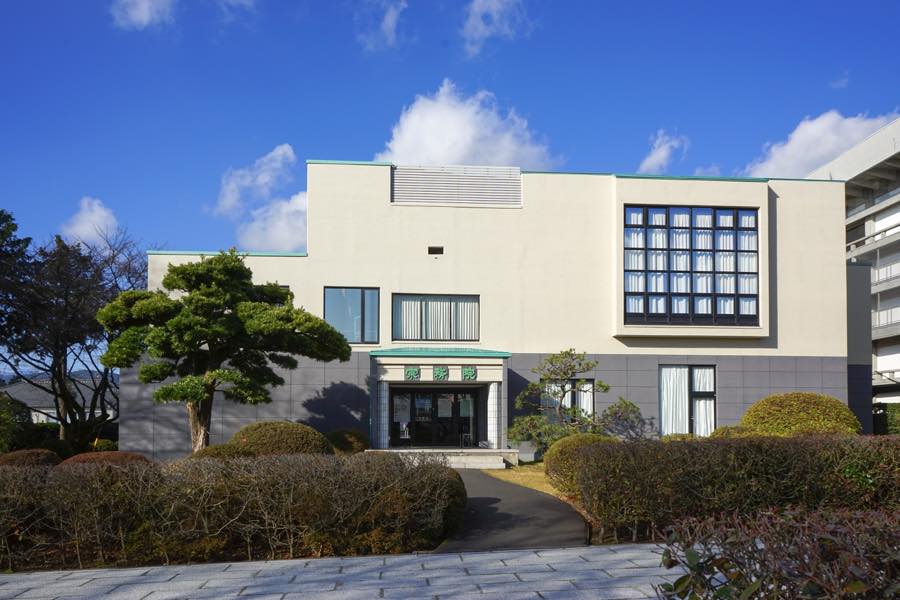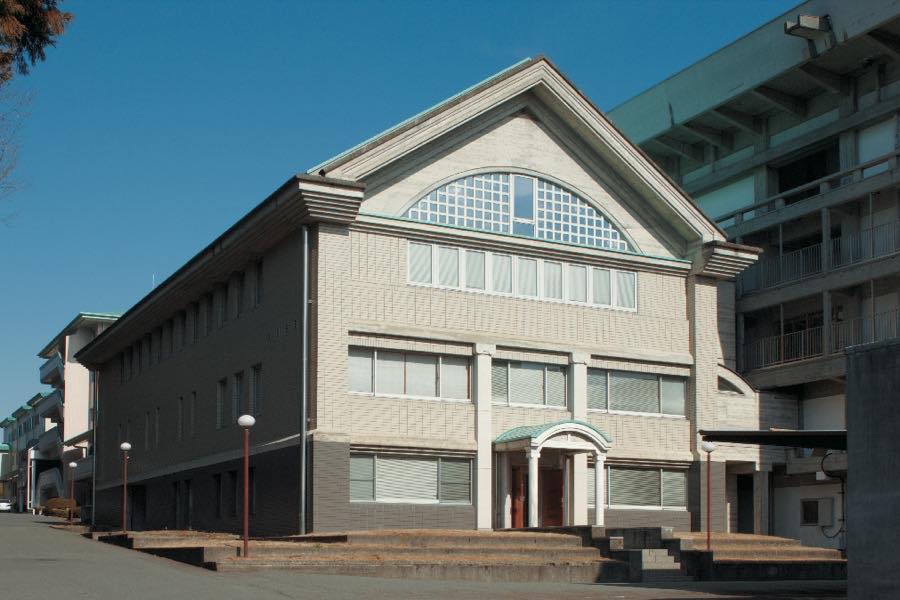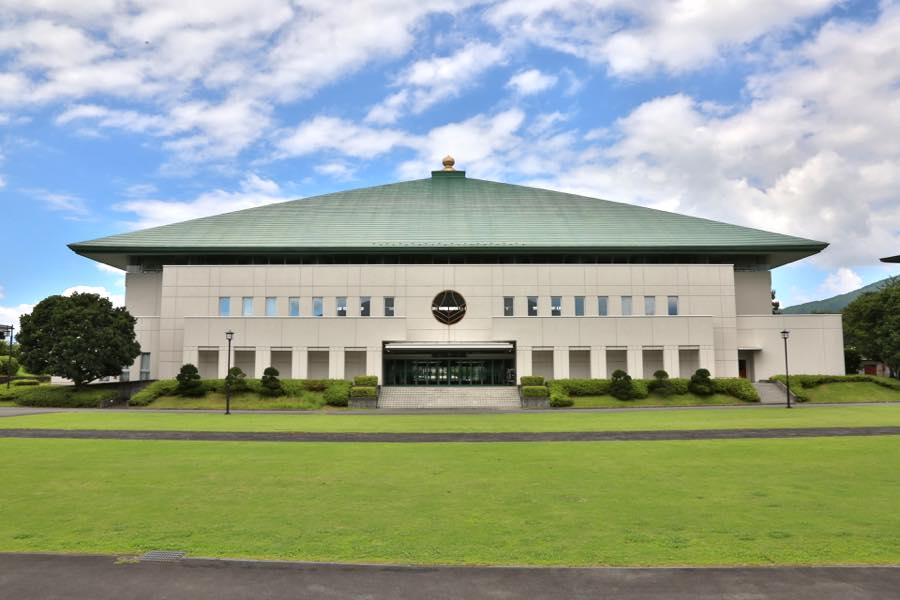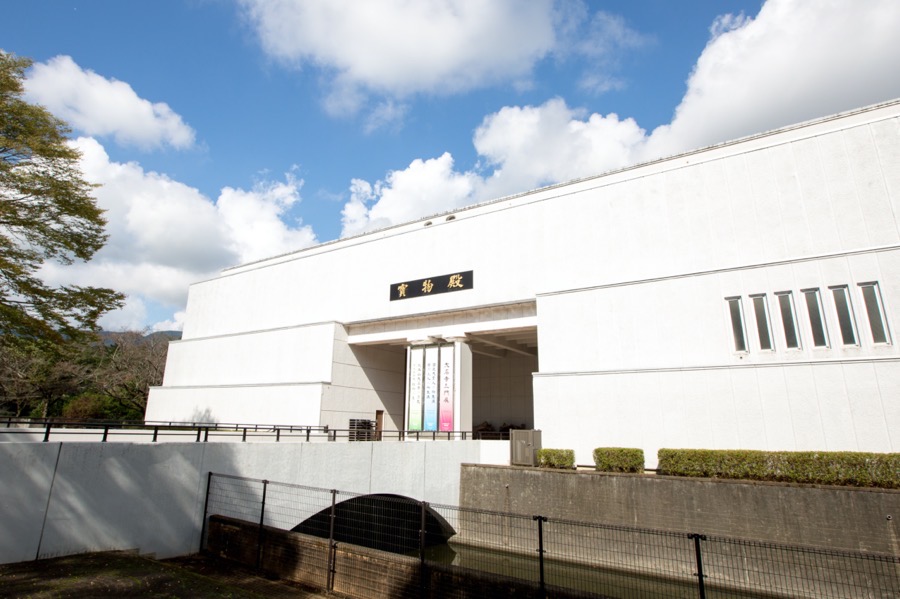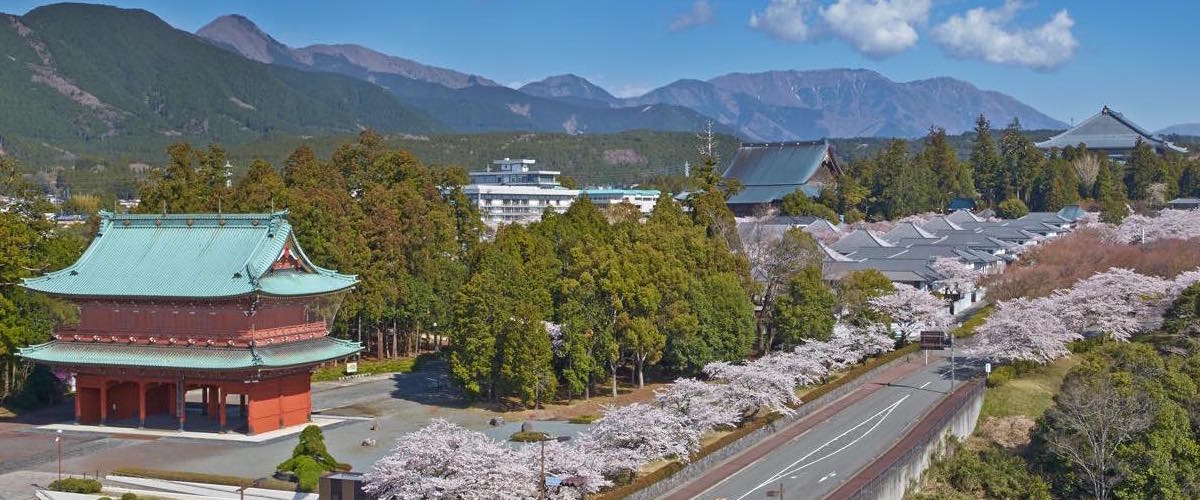
Head Temple Taisekiji
Main buildings
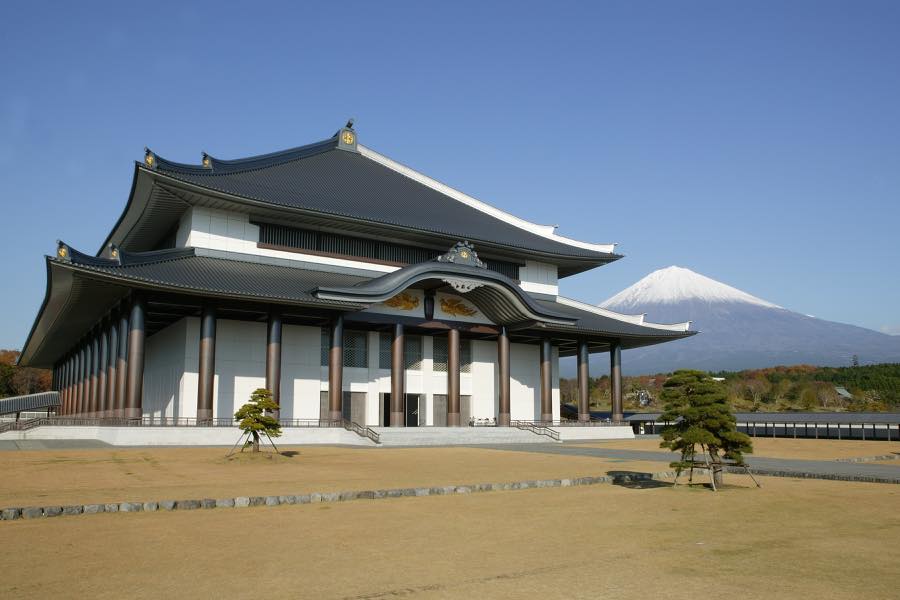
奉安堂
Hoando
The worship hall where the Dai-Gohonzon of the High Sanctuary of the Essential Teaching is enshrined.
Built in 2002.

御影堂
Mieido
First founded by Second High Priest Nikko Shonin.
Rebuilt in 1632. Renovated in 2013.
[Tangible Cultural Asset designated by Shizuoka Prefecture]
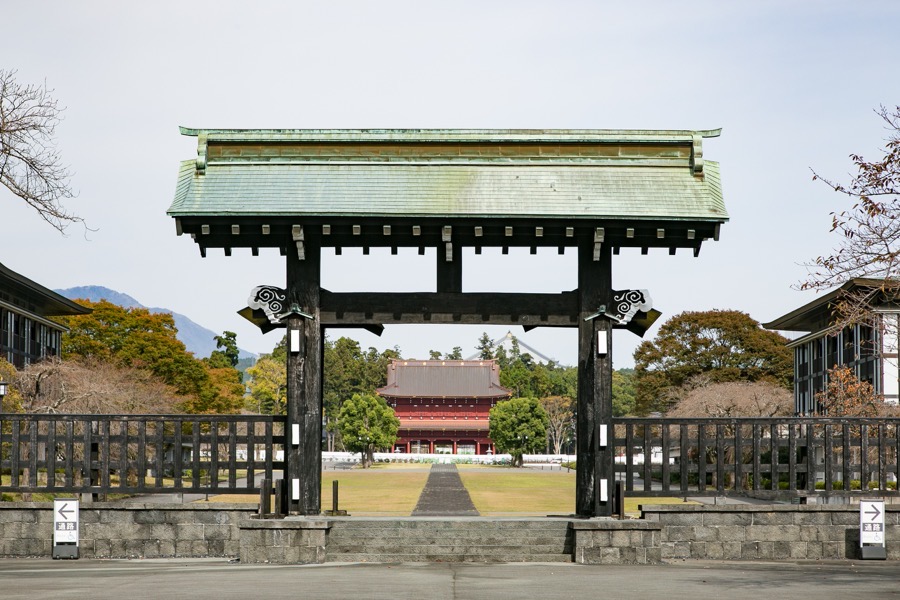
総門
Somon Gate
Located at the southern-most entrance to the temple grounds. It has commonly been called the Kuromon Gate (Black Gate) since ancient times.
Built in 1522. Rebuilt in 1880.

三門
Sammon Gate
The largest red-lacquered wooden gate of its kind in the Tokai region of Japan.
Built in 1717. Completely renovated in 2021.
[Tangible Cultural Asset designated by Shizuoka Prefecture]

不開門
Akazu-no-mon Gate
Akazu-no-mon ("Akazu" means "unopened") is so called because it is to remain firmly closed until the accomplishment of kosen-rufu.
Built year unknown. Rebuilt in the middle of Edo period and in 1988.
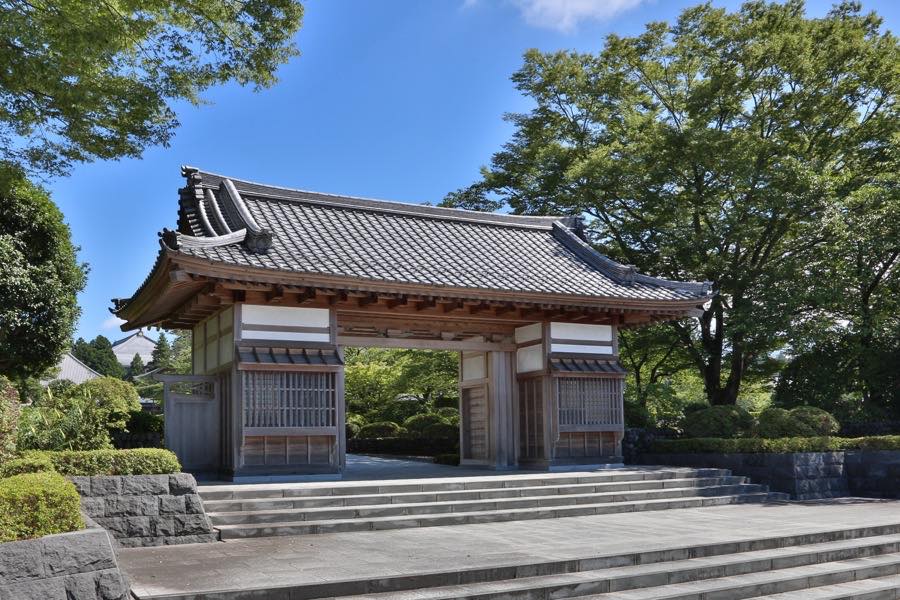
裏門
Uramon Gate
Located at the southern end of the path in front of the Mutsubo.
Built year unknown. Rebuilt in 1823 and 1988.
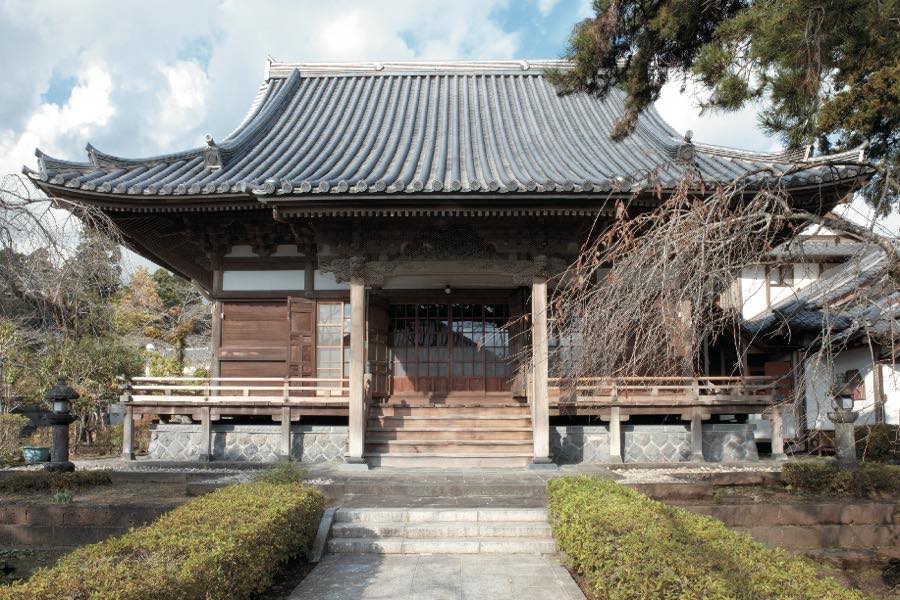
常唱堂
Joshodo (Ever-chanting Temple)
Founded in 1726 by 26th High Priest Nichikan Shonin.
Relocated as the main hall of Ishinobo in 1925.
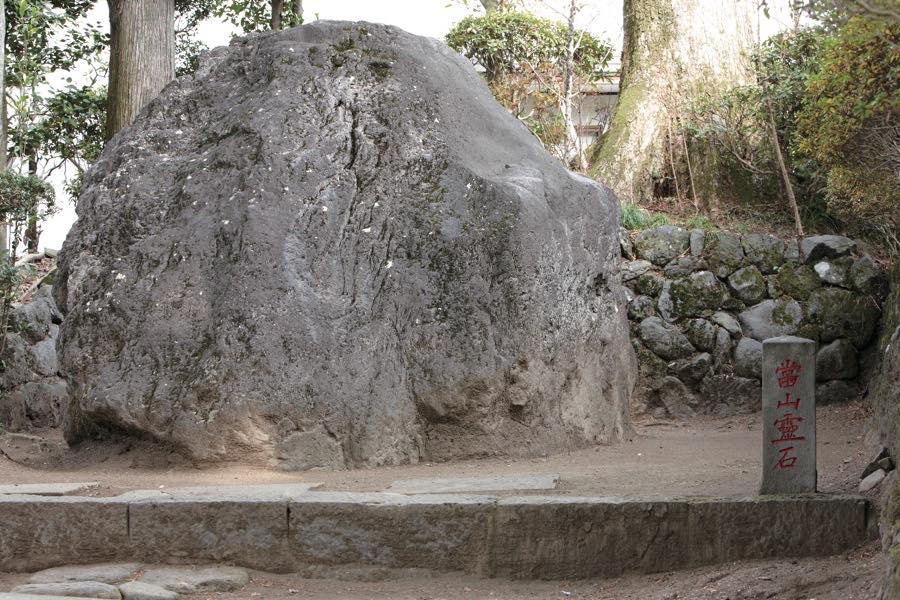
説法石
Seppo-ishi
It is said that Second High Priest Nikko Shonin often preached on the boulder until Taisekiji construction was completed. (located in Ishinobo)

五重塔
Goju-no-to
Five-storied Pagoda that is said to be the finest pagoda on the Tokaido, the ancient road that links Tokyo to Kyoto.
Height : 34.3 meters
Built in 1749. Renovated in 2017.
[Important National Cultural Asset]

御経蔵
Okyozo
The sutra storehouse that stores a complete collection of sutras in Ming dynasty, which is the Tangible Cultural Asset of Shizuoka Prefecture.
Built in 1697. Moved and rebuilt in 1973.
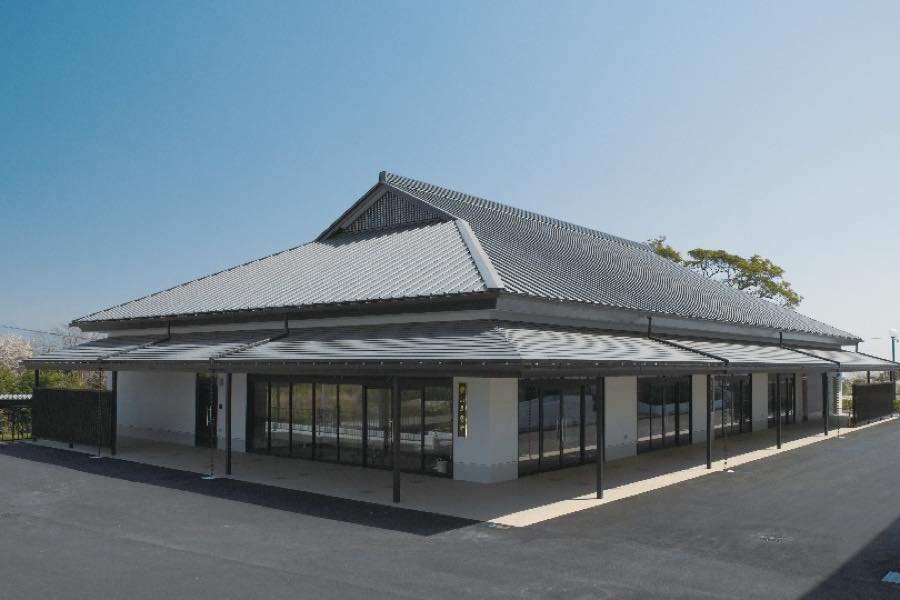
登山事務所
Tozan Office
The reception for Nichiren Shoshu believers who make tozan pilgrimages to the Head Temple.
Relocated in 2011.
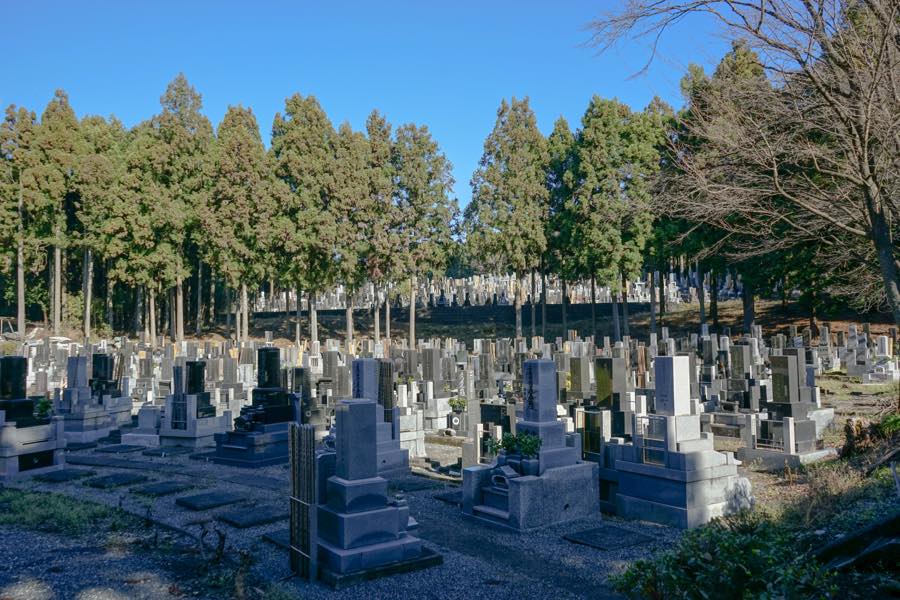
大石寺墓地
Taisekiji bochi
The vast cemetery with approximately 16,000 graves.
The Tenrei-in is the administrative office of the cemetery.
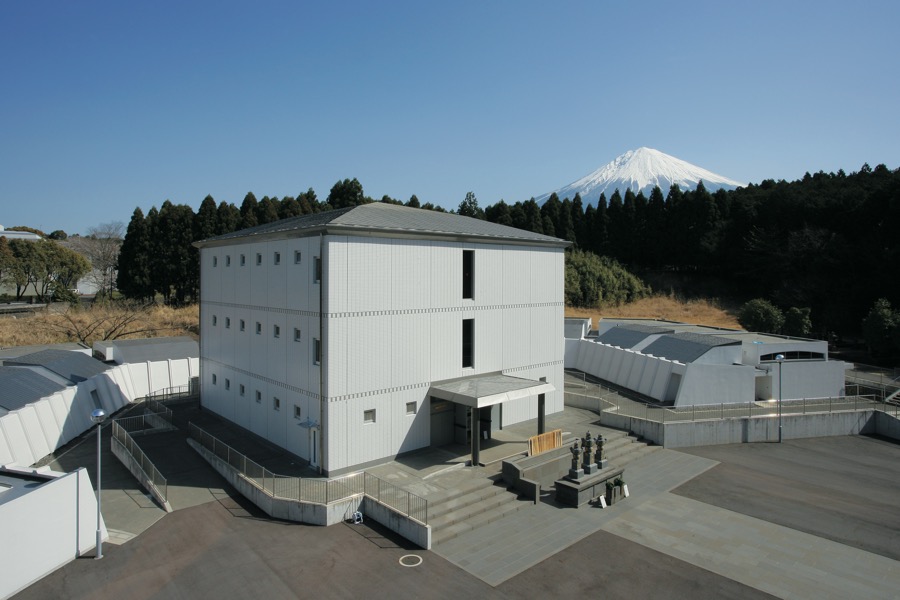
大納骨堂
Dai Nokotsudo
The three-story building of cinerarium.
Built in 1960. Relocated in 1969. Rebuilt in 2005.
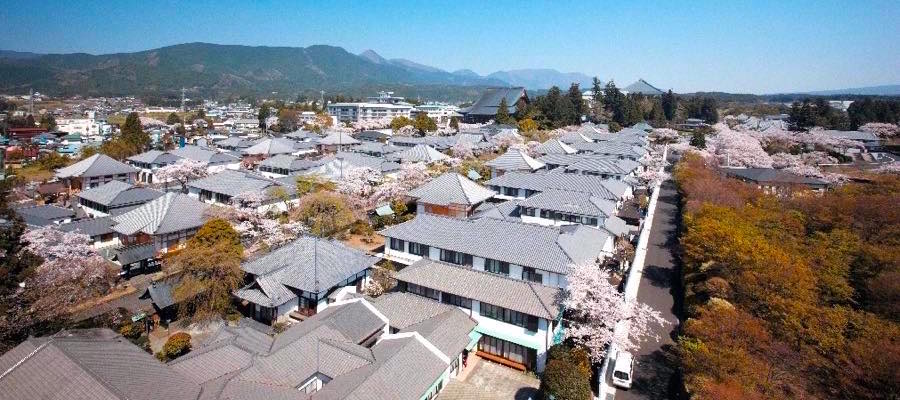
Moreover, there are more than 20 lodging temples for believers.
